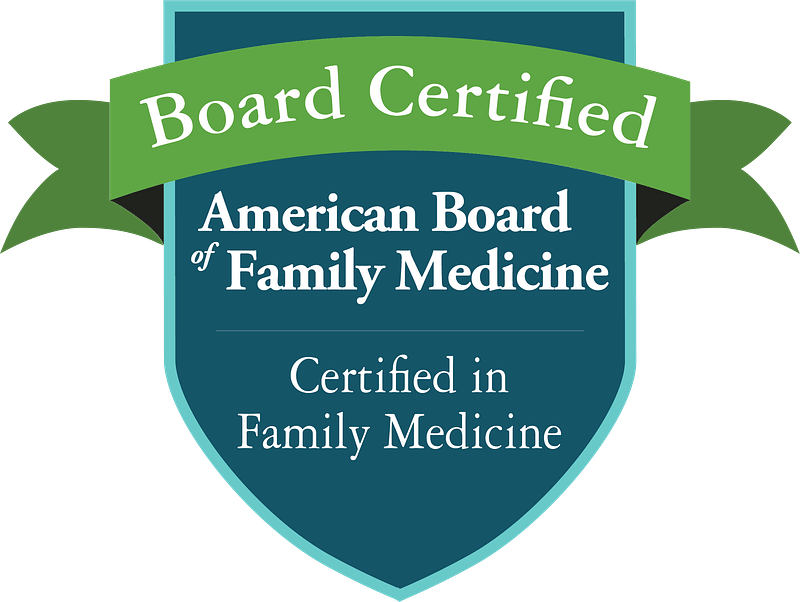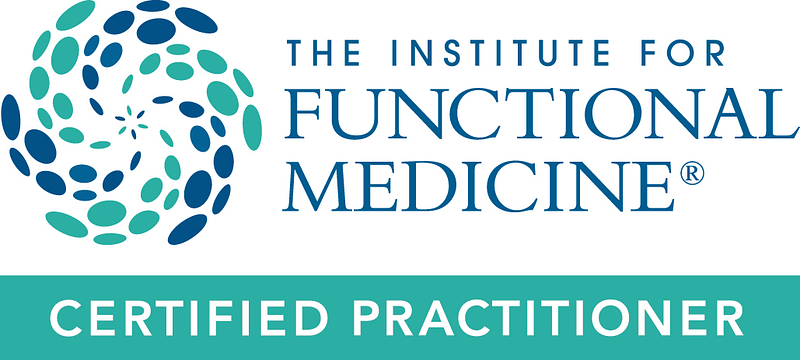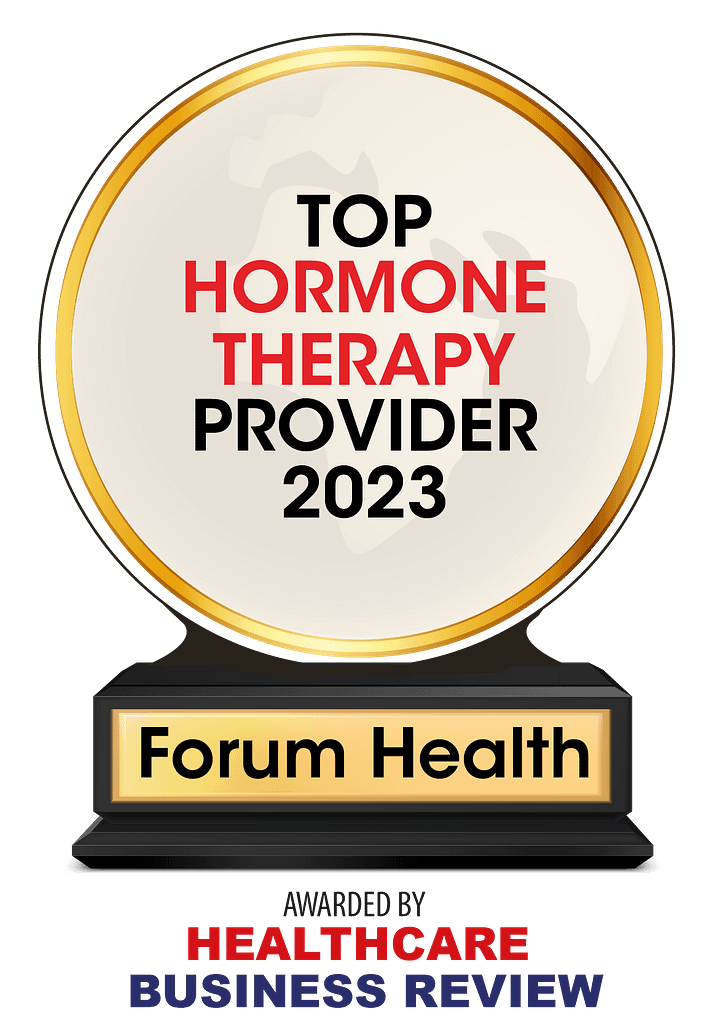Is the time-tested adage “An ounce of prevention is worth a pound of cure” relevant in the discussion of disease prevention? The answer is a loud and clear “Yes!”
Prevention in a mainstream medicine model includes accident prevention (e. g. wearing seat belts, preventing falls), screening elevated blood pressure and blood sugar, weight normalization, smoking cessation, regular exercise, vaccinations, avoiding excess alcohol, cancer screening (breast exams, mammograms, PAP smears, prostate exams, PSA tests, colonoscopies, skin checks), diabetes screening, avoiding excessive sun exposure and using sunscreens.
The word prevention is often used in the mainstream medical model when the term early intervention would be more accurate. For instance, mammograms do not prevent breast cancer and PSA tests do not prevent prostate cancer. Regardless, early diagnosis and intervention are critical to tip the odds toward successful treatment outcomes.
The discriminating consumer of healthcare is advised to keep an eye to the horizon for changes in these recommendations that may accomplish even earlier identification of disease more effectively and with less risk. For example, radiation exposure to the breast from annual mammograms can be greatly reduced by utilizing thermograms for breast cancer screening with occasional mammograms when indicated.
In contrast to the mainstream medical approach that uses knowledge of disease, holistically-oriented physicians use their knowledge of how the body naturally attains and maintains health (homeostasis) to develop health maintenance strategies that help promote the body’s optimal function as a means to prevent or delay the onset of disease.
What are the causes of disease from a natural, holistic viewpoint?
Any situation that results in abnormal function of the body’s cells has the potential, over time, to result in organic disease. Some of these causes cannot be modified, including certain genetic diseases such as Huntington’s Disease, Achondroplasia (dwarfism), Sickle Cell Anemia, etc. However, most genetic contributors to disease, though less well-known than these dramatic conditions, are genetic glitches that require environmental triggers to manifest health problems including heart disease, osteoporosis, and immune system-related problems. The risk from these glitches can be modified by targeted nutrient therapies.
Environmental, biological and metabolic triggers of disease include infections, infestations, malnutrition, toxins, emotional shock, injury, and stress.
In addition to using the mainstream medical model, prevention in a holistic medical model also includes assessment of: digestion (Are hydrochloric acid, digestive enzymes, and friendly gut bacteria deficient?), nutrient adequacy (Are nutrient deficiencies perpetuating symptoms?), toxic influences on health (Are chemicals and heavy metals interfering with optimal functioning?), detoxification capacity (Are environmental toxins interfering with normal function?), diet (Is the diet nutrient-dense or nutrient-sparse?), effects of chronic low-grade infections and infestations on immune health, hormonal deficiencies and imbalances, dental interferences to general health (Are dental material incompatibilities, cavitations or mercury amalgams obstructing health?), and the health consequences of trauma, emotions, and stress (Is your autonomic nervous system functioning on tilt?).
Disease prevention is best accomplished by defining and addressing contributors to disease, often accomplished through common-sense lifestyle and diet changes.














